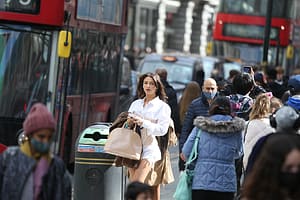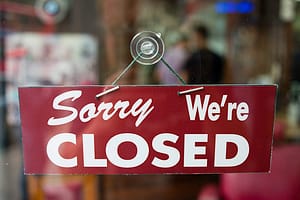New research shows
Footfall in January decreased by 1.6 per cent year-on-year, a deeper decrease than the rate seen for January 2017 of 1.3 per cent. This is slightly better than the three-month average of -1.8 per cent, but below the 12-month average of -0.7 per cent.
All regions showed a drop in Footfall for January, the sharpest decline seen in Scotland (4.6%), South West (2.6%) and The East (2.5%). Greater London decline eased, footfall fell -1.2 per cent compared to December’s fall of -3.7 per cent.
Diane Wehrle, Springboard Marketing and Insights Director said: “A drop in footfall of -1.6 per cent is an improvement on December’s -3.5 per cent, but it is the worst result for January since 2013. So it is clear that the challenges facing bricks and mortar retailing are continuing to build – the -1.9 per cent decline in high street footfall is more than double the -0.8 per cent in January 2017 and shopping centre footfall continues to languish at -3.1 per cent following a drop of -3 per cent in January last year.
“In contrast activity in retail parks continues to grow, with a shift in footfall from -0.4 per cent in January 2017 to +0.9 per cent this January; despite furniture and household appliance sales in January being the worst of all 13 categories. Retail parks clearly now fulfil a wider role for shoppers; yes, they are convenient and functional shopping locations, but are buoyed by the continuing growth in online spending. Not only are they efficient click and collect points, but their attraction is enhanced by a wider offer, embracing hospitality. Herein lies the lesson for stores in urban locations of high streets and shopping centres; their longevity is contingent upon their ability to embrace all steps of consumers’ path to purchase, which implicitly necessitates a first class click and collect experience.
“Whilst footfall dropped, the vacancy rate strengthened over the quarter to 8.9 per cent from 9.3 per cent in October, but caution is needed in reading too much into this as it reflects short term occupier demand in the lead up to Christmas and is a trend that replicates previous years.”






Leave a Comment